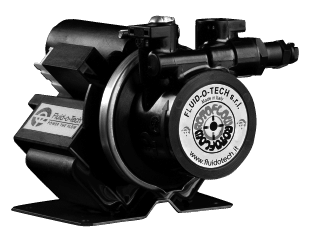Pumps are an integral part of firefighting. Here is a brief guide to how they are used on a pumper, more commonly called a fire truck.
Engine companies use a basic form of pump that is used specifically for fighting fires. When the bells and whistles are taken away, it is really just a large pump that has a truck, tools for fighting fires and a hose attached to it. Every fleet has a pumper, making it the most common firefighting apparatus.

The cab, where the firefighters ride, is attached on top of a steel frame. The storage compartment and fire pump are attached to the frame. All of the equipment and tools used in fighting fires fit into the storage compartment. Ground ladders can be hidden in a special compartment or they can be mounted on the side of the truck.
The hose bed stores the attack lines and hoses. It may or may not be covered with a tarp. Most pumpers have attack lines that always remain connected and ready for action. The pump panel is one of the most iconic images of a fire truck: it is the panel with all of the knobs, dials and gauges.
Fire Pumps
Fire pumps must be strong enough to propel water with a force strong enough to put a fire out. A pump cannot create pressure by itself; all it does is displace water, creating a flow. Pressure comes from resistance to this flow, such as putting your thumb over a garden hose, shrinking the aperture until it sprays water.
Many different types of pumps are used to fight fires. Positive displacement pumps mechanically displace fluid by trapping a specific amount of fluid and directing it into what is called the discharge stream. Rotary gear pumps and rotary vane pumps use rotational energy to displace fluid. Centrifugal pumps also convert rotational energy to displace fluid, which creates hydrodynamic energy.
For more information about pumps, call our office in Perth: 1300 922 973.
